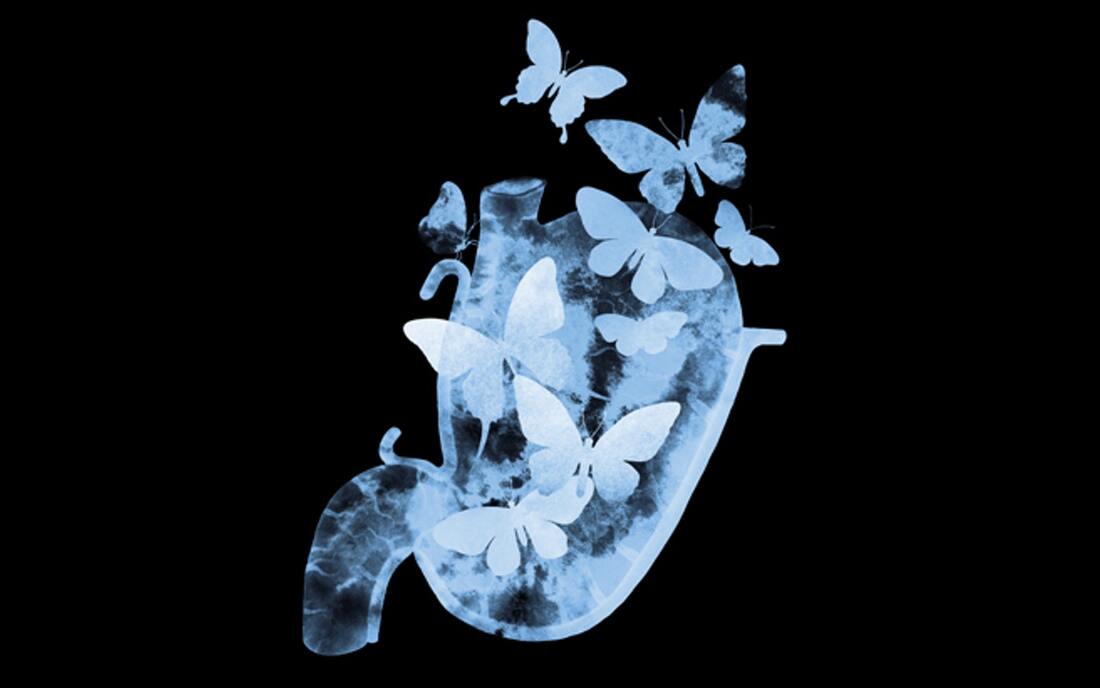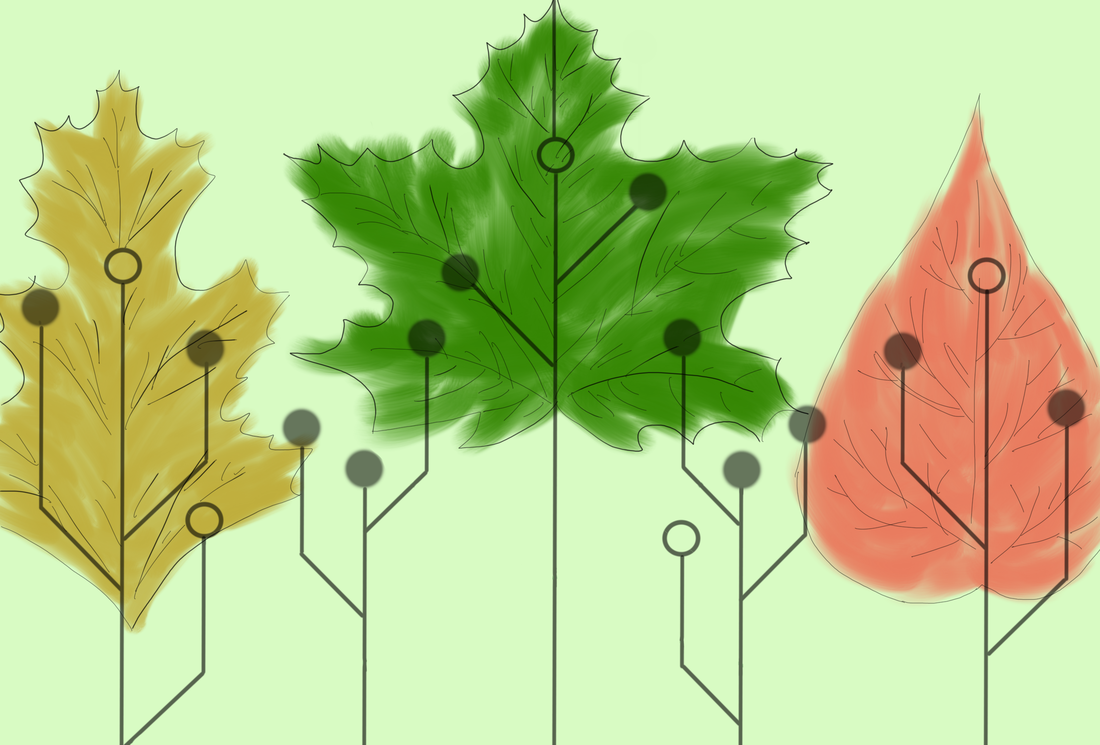|
By Ellen Alt
Cabin fever and lockdown: we’re all sick of it. For those of us still locked inside our homes and following social distancing guidelines, the daily quarantine routine has become old, causing anxiety and desire for a quick resolution, which many have projected onto vaccines for COVID-19. The vaccination rollout and eventual endpoint of herd immunity has characterized a timeline of return to normal life, where vaccinated people will be resistant to contracting the coronavirus with newly developed antibodies. Although the FDA-approved Moderna and Pfizer vaccines have been distributed to about 10 percent of Americans so far, returning to normal will take longer than just the point at which we achieve herd immunity. Most people believe the vaccine will just end the virus since it is a tangible quick resolution to this seemingly unending pandemic. Although the vaccine will not be the panacea to the pandemic, the vaccine is our best hope for minimizing further sickness and death and a return to normal life for those not currently on the front lines.
0 Comments
By Angel Latt
Love is in the air, but so are midterms. And we’re all likely experiencing the all-too-common feeling of having “butterflies in your stomach.” Whether it’s from a romantic attraction to someone, nerves from taking a test, or stage fright, it is the unsettling sense that occurs in the pits of our stomachs and follows with various symptoms. Your heart starts beating rapidly like it’s about to fall out of your chest. You feel nauseous and sweaty. Your mouth might go dry, and your hands are cold and trembling. A tight and uncomfortable feeling coils around your chest. These are all common trigger signs of your body entering fight-or-flight mode. By Angela Mu
Photosynthesis, the ability of plants to create their own food from sunlight, water and carbon dioxide, evolved very early on in Earth’s history. During photosynthesis, a green, light-absorbing pigment called chlorophyll captures energy from sunlight and converts it into chemical energy. This energy is used to assemble glucose from the collected carbon dioxide and remove electrons from water in order to produce oxygen as a byproduct. Though photosynthesis is perhaps one of the earliest scientific concepts introduced in school, many scientists have turned towards this natural phenomenon when devising innovative ways of harnessing renewable energy. By Angela Mu
When you think of traditional Chinese medicine, perhaps the first thing that comes to mind is acupuncture, a method used to treat a wide variety of health conditions—the most common being pain treatment. Traditional Chinese medicine is an approach to human health that has been in practice for more than 3,000 years. Unlike Western medicine, which focuses on using the chemical properties of synthetic substances to treat illnesses, traditional Chinese medicine emphasizes a holistic approach to health and uses natural herbal products—among other techniques—to restore health, harmony, and balance in the body. |
Categories
All
Archives
April 2024
|




